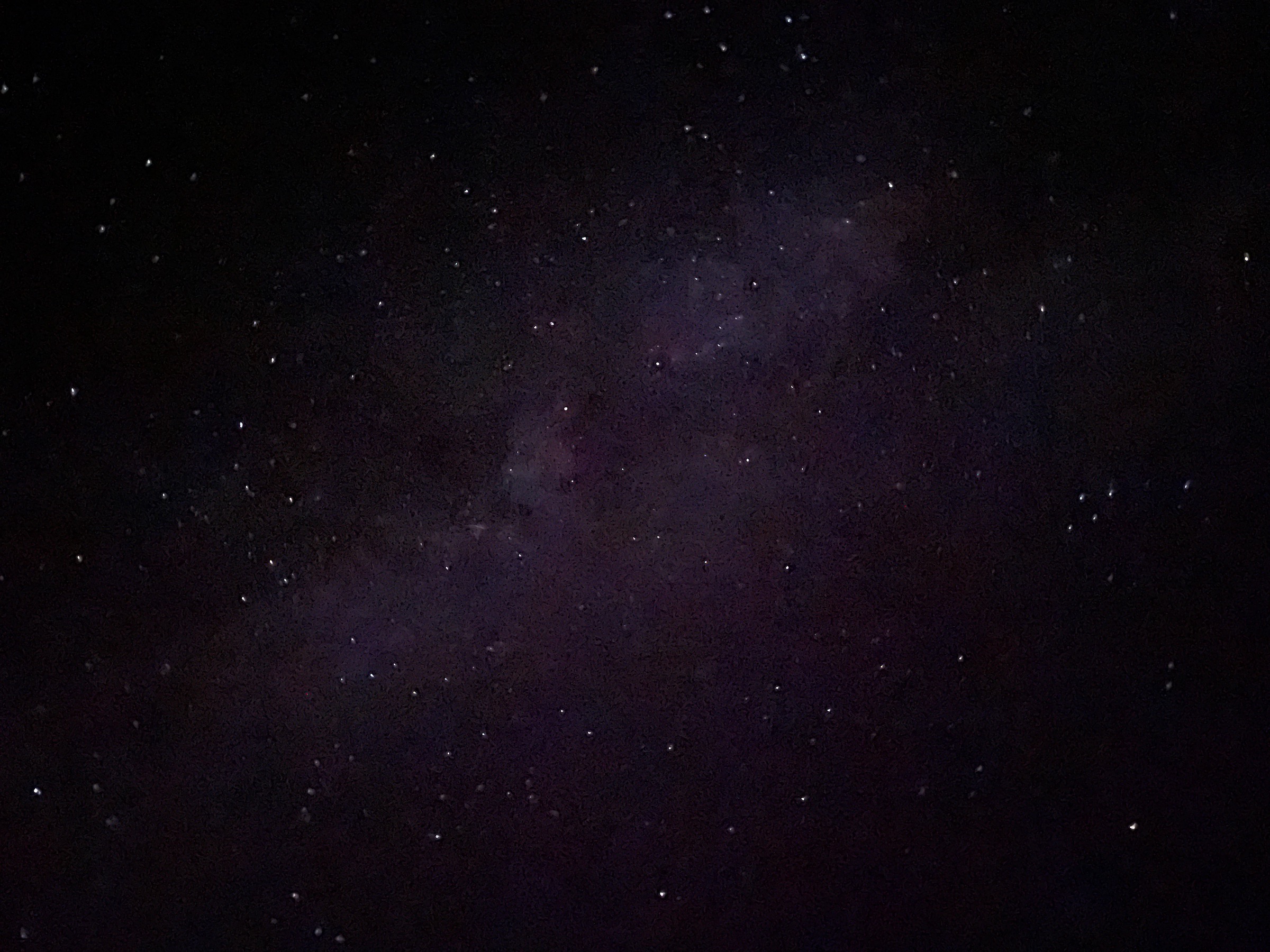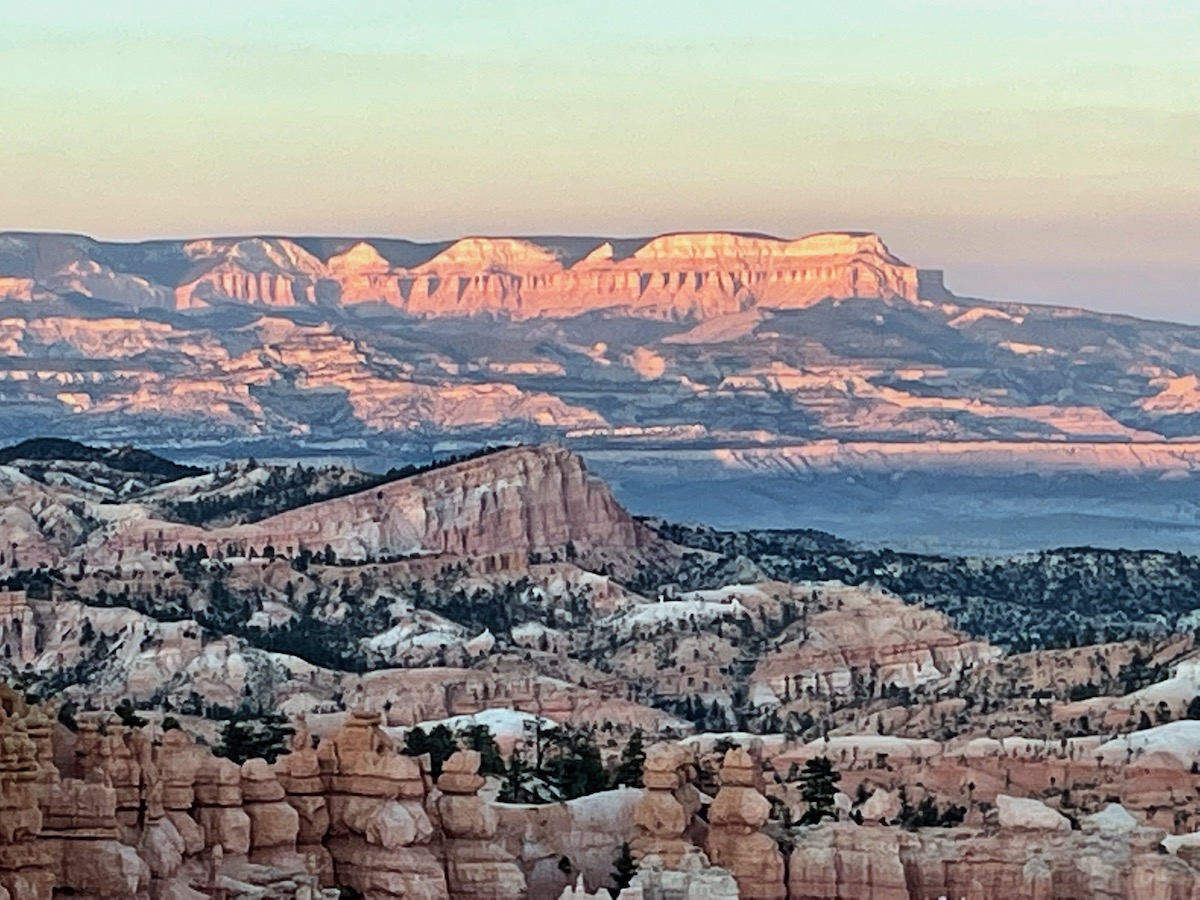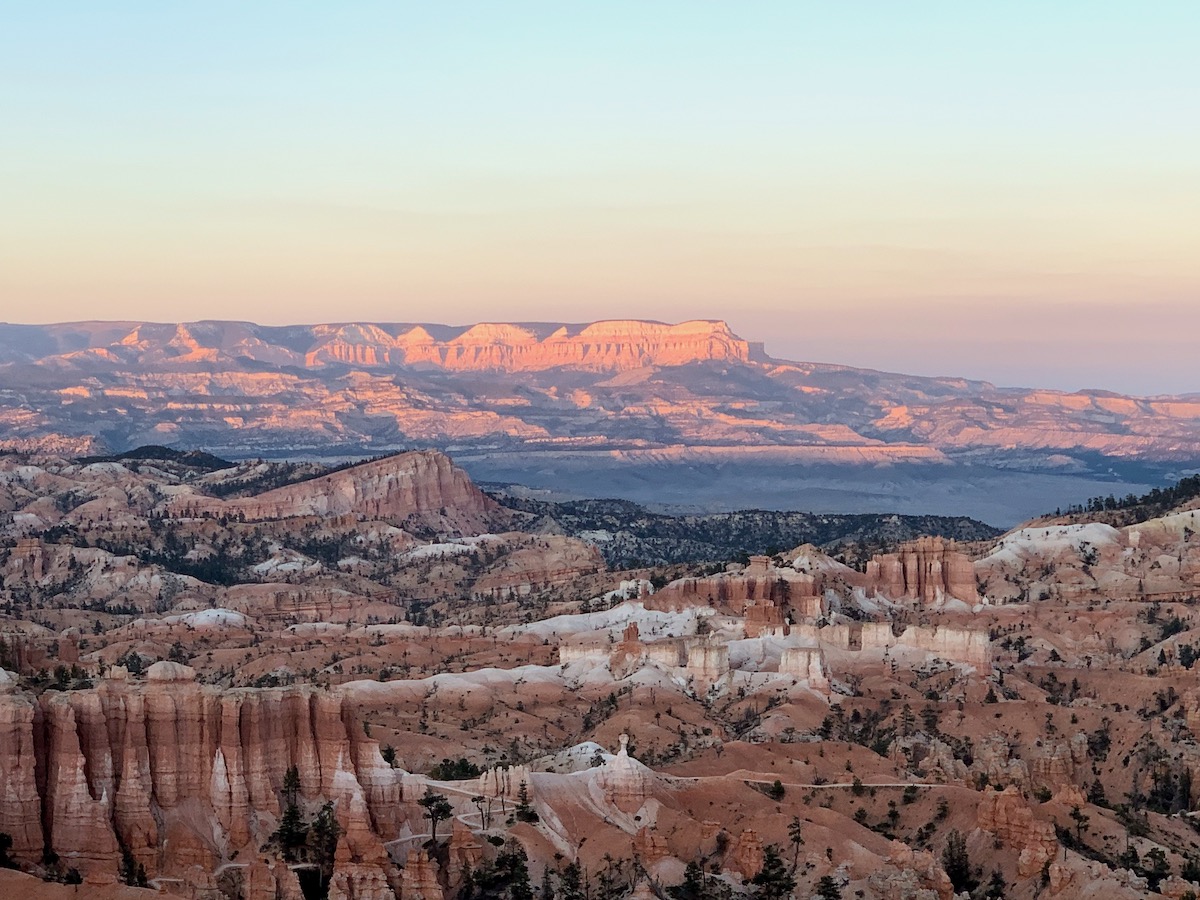We had an opportunity to spend three days in the Bryce Canyon National Park. We also got a chance to stop by the Zion National Park while driving up. While it is always rejuvenating to be close to nature, I haven’t seen anything like this before. The experience will probably be etched in our memory forever: I am sharing it in this blog post.
We had a few hours in Zion. The park rangers at the Zion visitor center recommended exploring a scenic drive using the park shuttle bus. As we hopped on and off the bus for several spots, the incredible majesty of mammoth stone walls rising on the sides left us with overwhelming awe. Following is a slideshow of pictures.
Note: You might want to see slideshows in this blog post on a laptop or an iPad for bigger screen size.

















I picked up this scoop from the National Park Service flier we got at the park entrance: “The stone was formed by thousands of feet of mud, lime, sand, and ash deposited by streams, inland seas, deserts, and volcanoes. About 125 million years ago, the underground tectonic forces uplifted the Colorado Plateau, a 130,000-square-mile mass of rock, 10,000 feet above sea level. Rain’s wet fingers then worked the Plateau’s minute cracks, loosening grains and widening fractures – and eroding today’s mighty canyons.”
Quite humbling to think about walking on canyons and marveling at the majesty of the stone walls and cliffs created from the geological evolution of hundreds of millions of years.
The next day, we were excited about exploring the Bryce Canyon. The first view of the canyon from one end of the guided trail was stunning – the experience of walking along the rim with a bright morning sun above and red color formations of the stones in the valley was breathtaking:





The Amphitheater
From the National Park Service flier: Between 55 and 40 million years ago, today’s Utah was a mountain-encircled basin. For millions of years, rivers deposited sediments – mostly dissolved limestone – into a system of large lakes. Twenty million years ago, as the Colorado Plateau rose to 8-9 thousand feet, the lakes dried up, and their mixtures of sediments became the muddy limestone called the Clarion Formation.
(The Bryce Canyon was formed almost 100 million years after the Zion.)
River waters eroded the Plateau to form the canyon. The sides of the plateaus have incredible valley slopes where the iron in the stone gets oxidized to give it the red/pink color. Depending on the iron concentration and other ingredients such as potassium and dolomite, stone has variations in red/pink/orange/yellow hues. They coin an intriguing phrase for the canyon and slopes. I heard it first from a park ranger: The Amphitheater. Mother nature has been creating and performing in the arena for millions of years. The National Park Service documentary at the visitor center takes us through the journey and history of Bryce Canyon. I think so aptly and appropriately, the theme of their movie is – The Music of the Nature.
I don’t think I can ever forget what we saw in the Bryce Canyon Amphitheater. I tried the best I could to capture the moments in pictures and a video below:



















Mossy Cave Trail
There is a small river towards one end of the Bryce Canyon, partly man-created in the late 1800s, to channel the water from highlands into the planes, which are otherwise mostly desert. We went there on what the park map described as Mossy Cave Trail. The experience of the river sounds in the scenic backdrop was very soothing. We got one more perspective yet of the red/pink color hues of the stone. I have a slide show of six pictures and a couple of videos below that.






Stargazing on a Starry Night
The Bryce Canyon is at a high elevation. The air is very clean and dry. The light pollution is almost zero. Being one of the darkest places on the earth, the Bryce Canyon is well known for stargazing. The National Park Service offers a 30-min stargazing program: we signed up for it. I am so happy we did. We got to see the Milky Way (our galaxy) without any telescope or anything else. I could only imagine how fascinating it would be to see it all through a telescope. I picked up pictures from my iPhone: I was surprised at how much is captured in the image below. We lucked out to be out there on a moonless night.
The ranger took us on a fascinating stargazing experience standing in a dark open space: one point from her presentation stuck with me. There are billions of stars in the Milky Way. The Sun is one of them. Thinking about it, Mother Earth is one planet in our solar system, so a tiny little spec in the grand scale of the universe, especially when ours isn’t the only galaxy and we (humans) might not even know how many are out there.
Even then, I am in awe of geological forces on the earth that moved the mammoth landmasses 8-10 thousand feet above sea level, creating the awe-inspiring Canyon.
Where/how does our modern human species stack up with the evolution of probably what 70,000 years? Of course, we evolved from other species, and that evolution probably took hundreds of millions of years, if not billions.

On the Amphitheater Floor and Hoodoos
When I went to bed after the stargazing experience, I felt as if I had it. I felt so saturated and happy to appreciate something so unique and grand and majestic and yet so natural.
We had saved one more thing for the next day: taking trails to the Amphitheater floor and seeing hoodoos from a close distance. By this time, we knew the story of hoodoos – the natural stone color columns that show in various shapes, heights, and clusters. They are formed by a phenomenon described in the information boards around the Bryce Canyon as frost-wedging. The Bryce Canyon has more than 200 days in a year when the temperature is above the freezing point during the day: during nighttime, it falls below the freezing point. The water in the crevices turns into ice at night and expands, widening the wedges. When the rain comes, it washes away the loose particles creating fins in the rocks. The fins continue to erode as well, turning into open windows in the stone. Over time, the top parts of the windows weaken and fall off, creating hoodoos with mind-blowing shapes and sizes. Certain sections of rocks are more resistant to erosion because of their chemical composition, allowing hoodoos to remain intact for a few years, a few decades, or a few hundred years, and in some cases, a few thousands of years.
As much as I felt saturated, the experience on the floor blew me away yet again. The following slideshow and video have images we captured while being on the Amphitheater floor trail.















Fun videos of a Squirrel, a Steller’s Jay, and a Utah Prairie Dog
While Nilesh and I enjoyed the documentary film from the National Park Service, Naina and Bela were exploring the ambiance in quiet time. Bela captured beautiful videos of a Steller’s Jay and a Utah Prairie Dog. Gratitude to the squirrel to let us capture magical moments while we were on the Amphitheater floor. Slowing down and soaking in what is around us can unlock magic in a priceless way. 😀 😃 😄 😊
The video of the Bryce Canyon at sunset time is from Naina.
Harmony in Majesty
As we went to have one more glimpse of the Amphitheater at sunset time, the horizontal Sun rays made the hills and plateaus in the distance glisten. There is so much majesty in nature, and while things might have gone through mind-flowing upheaval at different times, end of the day, everything somehow fits in and creates harmony.
I feel so blessed and grateful to be part of it during our trip to the Zion National Park and the Bryce Canyon National Park.







3 Responses
Nilesh Bhoot
Hi Deven, it was a fabulous time we spent in majestic solid red Zion and amazing shapes and colors of hoodoos of Bryce Canyon. It has created lasting solid memories like Milky way 🌌
Are you ready for next fantastic time with nature?
BHASKAR PATEL
Beautiful!
Rajiv Shukla
breathtaking views and excellent vivid description.Excellent blog Deven!